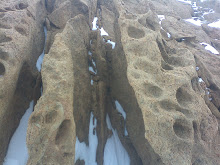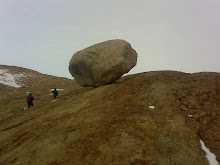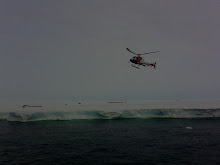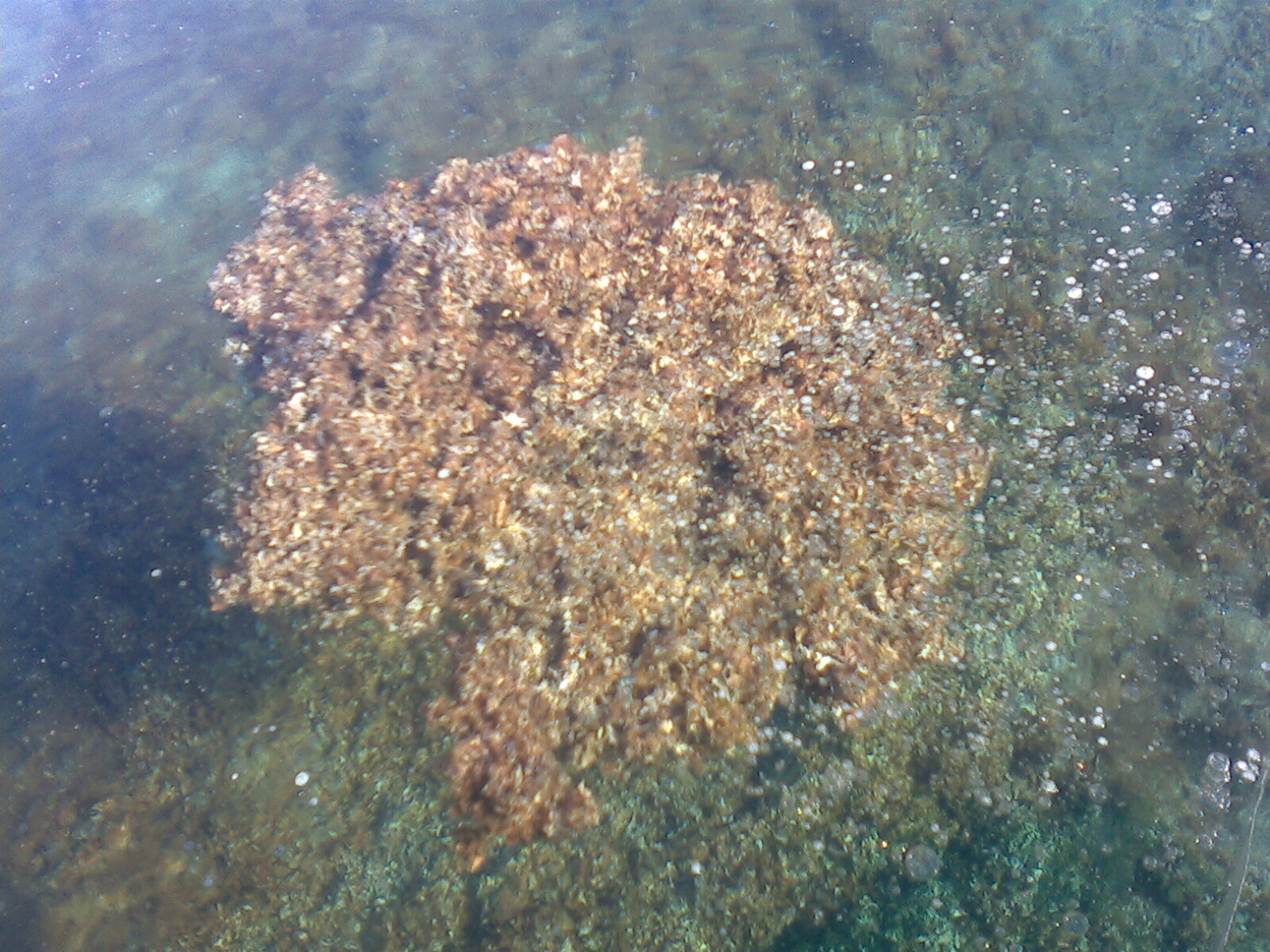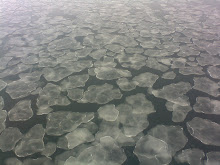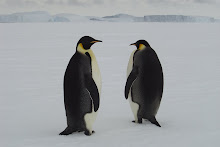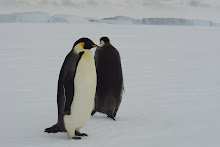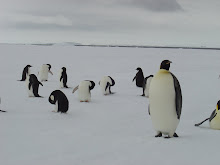Schirmacher oasis (SO) (70°46'04''S to 70°44'24''S; 11°49'54''[+/-48]E to 11°26'03''[+/- 02]E), one of the smallest oases in Antarctica, is situated on Dronning Maud Land, which is about 70 km south of the Princess Astrid Coast of east Antarctica. This oasis is a small rocky moraine, surrounded by the vast polar ice cap and Antarctic ice shelf. It represents cold desert conditions, devoid of any higher plant and animal life, except for a few patches of microbiotic crusts in some suitable niches. Melted water from glaciers, ice and snow produces about 30 fresh water lakes and many streams, which supply essential nutrients to the autotrophs (algae, mosses and lichens). Between 30 December 1999 and 29 January 2000, soil samples were collected from 14 sparsely vegetated sites to study the soils and ecology over this oasis. Bio-physicochemical parameters, organic carbon and microbial activities (dehydrogenase) of the soils were determined. The average surface air temperature and wind velocities during the sampling period were -0.87°C and 4.3 m s(-1). The average pH, plant biomass (standing crops) and moisture content were 7.5, 22.5 g m(-2) and 375.4%. Total organic carbon (TOC) contents of the soil samples ranged from 1.16 to 2.58% and the mean value was 1.58%. Dehydrogenase activity (DHA) was low and the average was 0.008 mg Triphenyl formazan (TPF) g soil(-1) day(-1). The low DHA in SO suggests that anaerobic oxidation of organic C is poor. TOC and DHA are negatively correlated with plant biomass (r= -0.14, P= 0.62 and r = -0.21, P = 0.48). The organic C and microbial activities are dependent on the amount of the autotrophic productivity and abundances. TOC correlated significantly with DHA (r = 0.85, P less than 0.001), which indicates that organic C is an important factor in controlling the development of DHA in the SO. The averaged bio-physicochemical data in the oasis do not deviate much from the respective mean values and the TOC is expected to remain in the range of 1–2%; however, a small change in human activity is likely to cause long-term impacts in this pristine ecosystem.
For further reading please refer:

